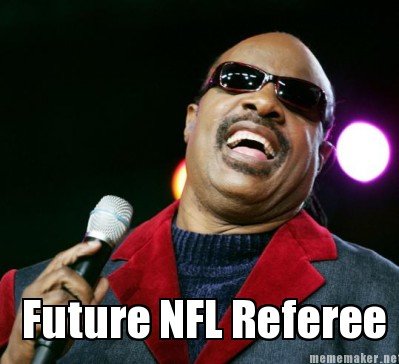The league's statement included the applicable rules that were applied, and two of those rules applied specifically to when it is determined a player has possession. Specifically: Possession does not translate strictly to the first player to grab hold of the ball with two hands:
"A forward pass is complete (by the offense) or intercepted (by the defense) if a player, who is inbounds:
(a) secures control of the ball in his hands or arms prior to the ball touching the ground; and
(

touches the ground inbounds with both feet or with any part of his body other than his hands; and
© maintains control of the ball long enough, after (a) and (

have been fulfilled, to enable him to perform any act common to the game (i.e., maintaining control long enough to pitch it, pass it, advance with it, or avoid or ward off an opponent, etc.).
--RULE 8, SECTION 1, ARTICLE 3
Player Going to the Ground: If a player goes to the ground in the act of catching a pass (with or without contact by an opponent), he must maintain control of the ball throughout the process of contacting the ground, whether in the field of play or the end zone. If he loses control of the ball, and the ball touches the ground before he regains control, the pass is incomplete. If he regains control prior to the ball touching the ground, the pass is complete.
-- RULE 8, SECTION 1, ARTICLE 3
When the players hit the ground in the end zone, the officials determined that both Tate and Jennings had possession of the ball. Under the rule for simultaneous catch, the ball belongs to Tate, the offensive player. The result of the play was a touchdown.






